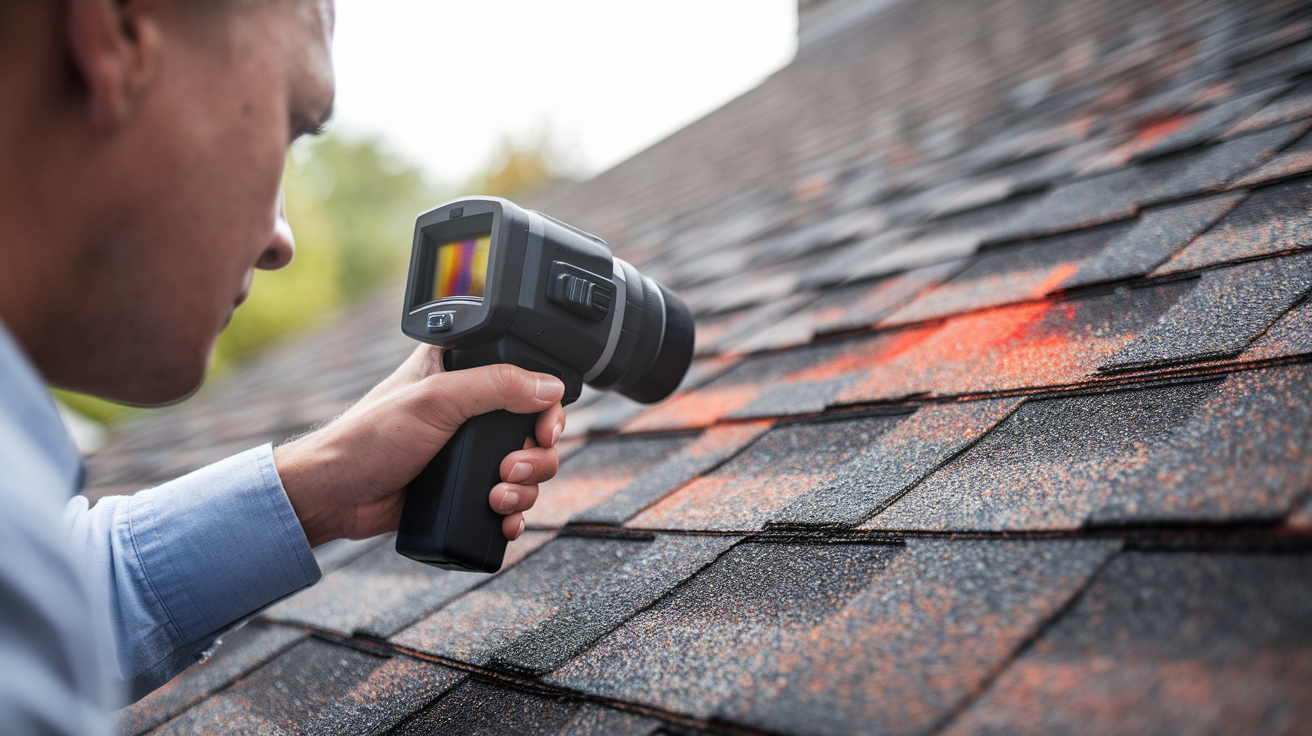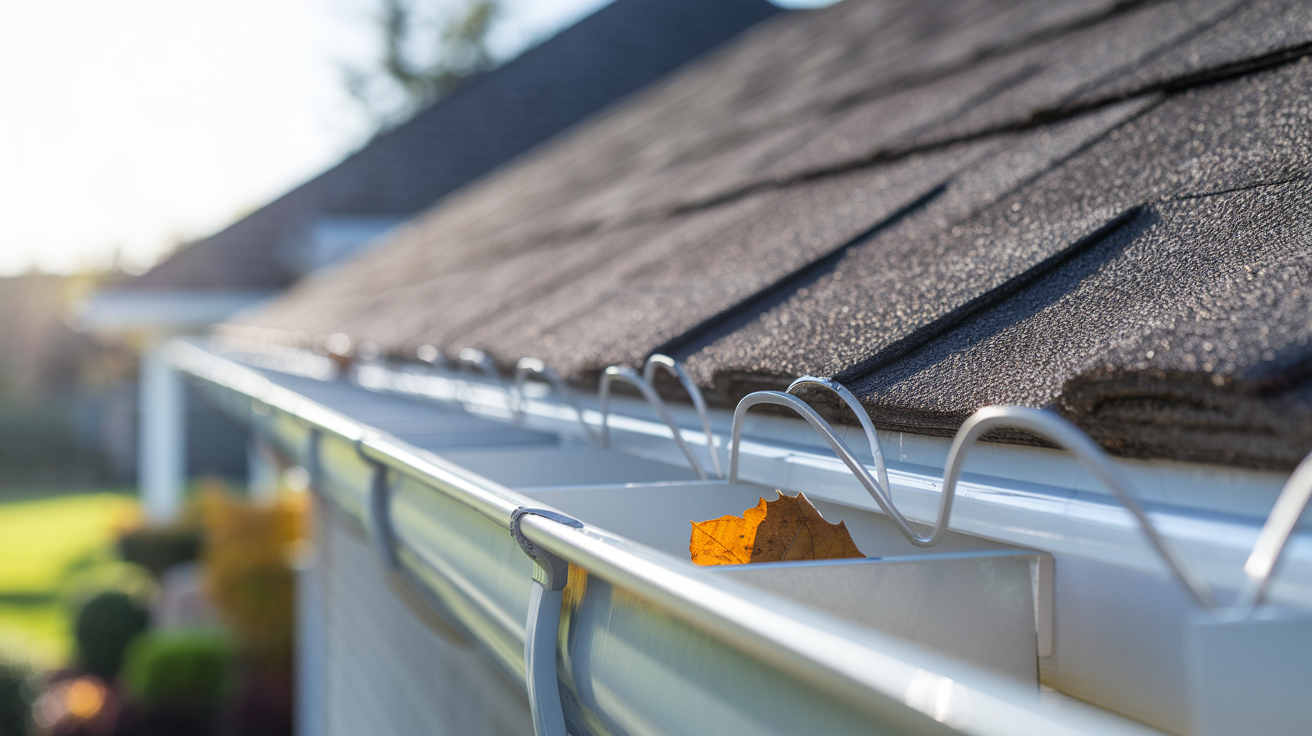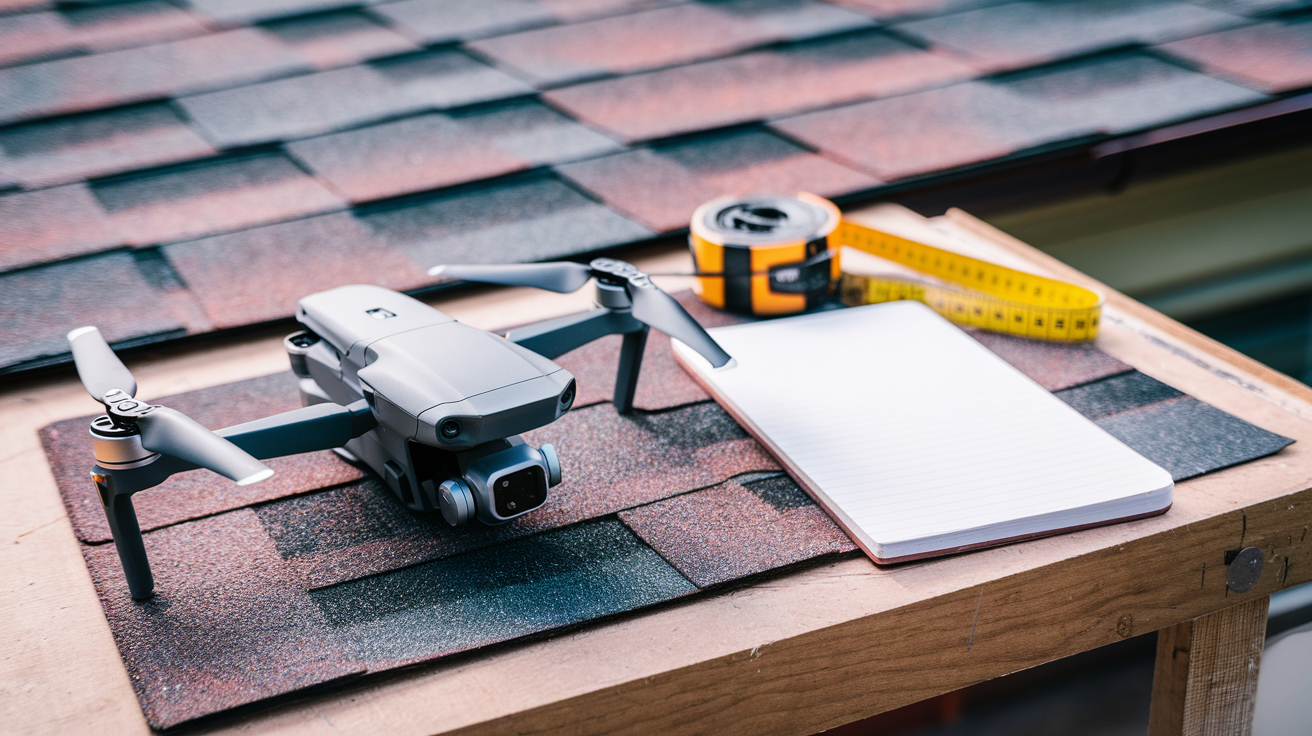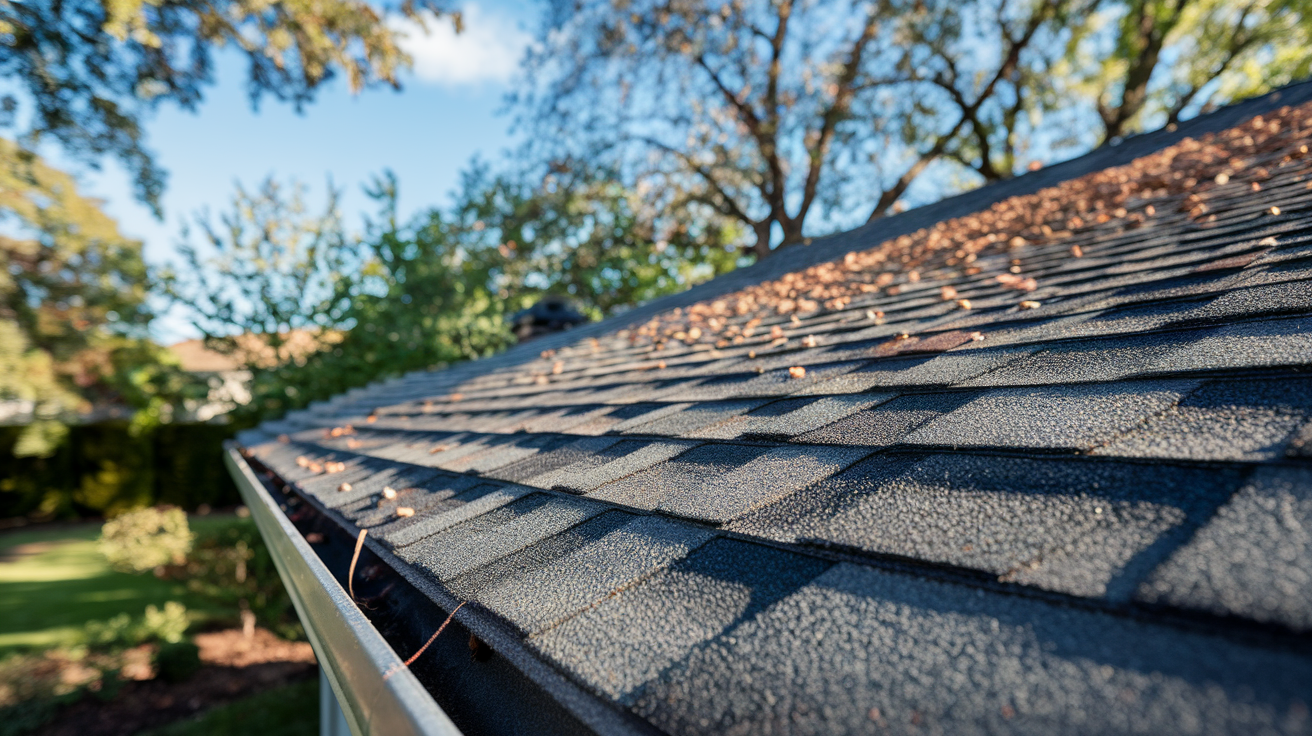7 Early Warning Signs of Roof Damage Every Homeowner Must Know
Is your roof silently deteriorating? For many homeowners, roof problems go unnoticed until they cause significant damage - by then, the average repair cost soars to over $1,000. With roof-related issues accounting for up to 90% of residential catastrophic losses, catching problems early isn't just smart - it's essential for protecting your biggest investment.
The challenge is knowing what to look for. Most homeowners miss crucial warning signs until water starts dripping through their ceiling or mold appears in their attic. In fact, studies show 68% of homeowners discover leaks too late, leading to extensive repairs that could have been prevented with early detection.
This comprehensive guide will teach you how to identify common roof problems before they escalate into costly repairs. You'll learn the telltale signs of roof damage, understand when to call a professional, and discover practical maintenance tips that can extend your roof's lifespan. From subtle warning signs to seasonal inspection checklists, we'll help you protect your home and save thousands in potential repair costs.
- Understanding Common Roof Problems
- Inspecting Your Roof
- Regional Considerations and Climate Impact
- Preventative Measures for Roof Maintenance
- Cost Implications of Roof Problems
Understanding Common Roof Problems
This section discusses common roof problems, empowering homeowners to identify and address them early, potentially saving on costly repairs. From leaks and shingle damage to flashing and gutter issues, understanding the signs can help prolong your roof's lifespan.
Identifying Roof Leaks
Roof leaks are a frequent homeowner's nightmare, often stemming from faulty installation, harsh weather, or simple wear and tear. Ignoring a leak can invite serious water damage and mold growth, both expensive to fix. Roof repair costs average around $1,000, typically ranging from $379 to $1,755 (source: HomeAdvisor).
Signs of Roof Leaks
- Water stains on ceilings or walls
- Dampness in the attic
- Use of infrared cameras for hidden moisture detection
Common Signs of Roof Leaks
- Water stains on ceilings or walls
- Dampness in the attic
- Mold growth
Advanced Detection Methods
- Infrared cameras for moisture
- Moisture meters
- Professional assessments
A study by the University of Manitoba found that 68% of homeowners in Winnipeg discover leaks too late, leading to more extensive repairs (source: University of Manitoba). Early detection is crucial. Consider scheduling a Get Your Roof Assessment to identify potential leak areas proactively.

Recognizing Shingle Damage
Shingle damage compromises your roof's protection. Cracked, curled, or missing shingles expose your home to water damage. Asphalt shingles, the most popular choice in the U.S., covering roughly 3 in 4 roofing projects, are especially vulnerable.
Causes of Shingle Damage
- Weather, especially wind and hail
- Strong winds rip shingles off
- Hail can puncture or crack them
Regular inspections, particularly after storms, are vital. Replacing damaged shingles promptly prevents further damage. For minor shingle issues, a simple 4-step repair guide can be a cost-effective solution. To learn more about roof maintenance, visit our website.
Shingle Damage Types
- Cracked shingles
- Curling or buckling
- Missing shingles
Prevention Tips
- Conduct regular inspections
- Repair minor damage promptly
- Use high-quality materials
Spotting Issues with Flashing
Flashing seals roof joints and edges, preventing water entry. Corrosion, improper installation, or physical damage can compromise flashing, leading to leaks and structural problems.
Flashing Materials and Locations
- Often made of metal or rubber
- Protects vulnerable areas like chimneys, vents, and skylights
Regular checks, especially around these spots, can reveal potential issues. Repairing or replacing faulty flashing is a preventative measure against costly water damage.
Detecting Problems with Gutters
Gutters channel water away from your home, protecting your roof and foundation. Clogs, debris, or damage can cause overflows and water issues.
Signs of Gutter Problems
- Sagging
- Leaks
- Pooling water near your foundation
Regular cleaning and upkeep ensure proper water flow and prevent damage. Gutter guards minimize debris buildup, reducing maintenance and extending gutter lifespan. This proactive step can prevent costly repairs down the line.

Inspecting Your Roof
Regular roof inspections are a critical part of home maintenance, helping prevent minor issues from escalating into costly repairs. Proactive inspections can safeguard your home and your finances. This section will guide you through the key aspects of inspecting your roof effectively.
When and How Often to Inspect
Experts recommend conducting inspections at least twice a year—ideally in the spring and fall. These seasons are ideal because they follow periods of potentially harsh weather. For example, heavy snow can stress the roof structure, leading to sagging or leaks. Summer storms can cause shingle damage from hail or wind. Inspecting your roof after any severe weather event, such as a hailstorm or hurricane, is also wise. Regular inspections can catch problems like missing shingles or damaged flashing before they cause leaks or structural issues. Consider your roof's age when determining inspection frequency. Older roofs generally require more frequent checks.
Seasonal Inspection Checklist
- Spring: Check for winter damage
- Fall: Prepare for winter
- After storms: Inspect for immediate damage
Inspection Frequency
- Twice a year
- After severe weather
- More often for older roofs
Tools Needed for a Roof Inspection
- A sturdy ladder
- Binoculars
- Flashlight
- Roofing hammer
- Moisture meter
- Notebook or digital device
These tools make roof inspections efficient and effective. A moisture meter detects hidden dampness, which might indicate a leak. Finally, a notebook or digital device is handy for documenting observed issues.

DIY Inspection Tips
Conducting a roof inspection yourself can save money. However, knowing what to look for is crucial for an effective inspection. Start by examining the roof from the ground with binoculars. Look for obvious issues like missing shingles or sagging areas. Once on the roof, prioritize safety. Wear appropriate footwear and use a safety harness if necessary. Check for signs of damage, such as cracked or curling shingles, loose or missing flashing, and clogged gutters. Inside the house, inspect ceilings and attic spaces for water stains or mold growth, which can indicate leaks. If you find problems, consult a professional roofer to address them before they worsen. Consider getting a Get Your Roof Assessment for a detailed analysis.
Regional Considerations and Climate Impact
Understanding your region's climate and its impact on roofing is crucial for preventing costly repairs. Different weather patterns significantly affect a roof's lifespan, influencing everything from material choices to maintenance needs. Knowing your local climate helps you make informed decisions to protect your home and investment.
Effects of Weather Patterns on Roofs
- Heavy rainfall can lead to water pooling and seepage
- High winds and storms can damage or remove shingles
- Snow and ice can form ice dams
Taking preventative measures can help protect your roof from weather damage. Regular inspections can identify potential problems early.
Choosing the Right Materials for Your Climate
Choosing suitable roofing materials for your climate helps prevent weather-related damage. In hot climates, asphalt shingles can become brittle and crack from prolonged heat exposure. Clay or concrete tiles are better suited for dry, hot regions due to their durability. Metal roofs are a good choice for snowy areas because they shed snow efficiently, preventing ice buildup.
Weather Challenges
- Rain: Risk of leaks
- Wind: Shingle damage
- Snow: Ice dams
Material Recommendations
- Asphalt: Versatile, cost-effective
- Clay: Durable, heat-resistant
- Metal: Snow shedding
Regional Statistics on Common Roof Issues
Regional statistics highlight common roofing problems and the importance of proper maintenance. Roof damage accounts for an estimated 70–90% of insured residential catastrophic losses in some areas, demonstrating the need for proactive roof care. Knowing these statistics helps prioritize inspections and repairs to address common regional issues.
Proactive Maintenance Saves Money
Regular maintenance helps identify potential roof problems early, saving money in the long run. Consider scheduling an annual roof inspection to catch issues before they worsen. Get Your Roof Assessment for a comprehensive evaluation and personalized recommendations.
Preventative Measures for Roof Maintenance
Maintaining your roof is crucial for preventing minor issues from becoming costly repairs. Proactive maintenance can extend your roof's lifespan and save you money. This section outlines key strategies, including regular cleaning, proper ventilation, and seasonal maintenance.
Regular Cleaning and Debris Removal
Regularly cleaning debris from your roof is a fundamental maintenance task. Leaves, twigs, and dirt can trap moisture, leading to shingle damage and rot. Clean gutters and downspouts to prevent water from pooling and causing leaks and structural damage.
Why is Water Pooling so Damaging?
Overflowing gutters allow water to seep into fascia boards, soffits, and the roof structure itself. This causes rot and weakens your home's structure. Inspect your roof seasonally and after storms.

Importance of Proper Ventilation
Proper ventilation is vital for your roof's structural integrity. It prevents mold and rot. Inadequate ventilation allows heat and moisture to build up in the attic. Proper ventilation regulates attic temperature and humidity, extending the life of roofing materials.
Seasonal Maintenance Checklist
A seasonal maintenance checklist helps you address potential roof problems before they worsen. During spring and fall, check for damaged or missing shingles. Inspect flashing around chimneys and vents for wear and tear. Regular inspections enable timely repairs, preventing extensive damage and costly replacements.
Seasonal Maintenance Tasks
- Spring: Check for winter damage
- Fall: Prepare for winter
- Inspect after severe weather
Cost Implications of Roof Problems
Roof problems can quickly become expensive if not addressed promptly. Understanding the potential costs helps homeowners make informed decisions and save money. This section explores the financial aspects of roof maintenance, from minor repairs to full replacements, including insurance and proactive maintenance strategies.
Comparing Costs: Minor Repairs vs. Major Replacements
Roof repair costs vary depending on the damage and materials. Minor repairs, like fixing a few shingles or small leaks, typically cost between $379 and $1,755, averaging around $1,067 (source: HomeAdvisor). Full roof replacements can range from $5,000 to $15,000, averaging $9,191. Regular inspections and timely repairs prevent minor issues from escalating, saving homeowners the substantial cost of a full replacement.
Insurance Implications and Coverage Options
Roof damage has significant insurance implications. Understanding your insurance policy's roof damage coverage is vital. Homeowners' insurance typically covers sudden, accidental damage from storms or fires, but not damage from neglect or poor maintenance. Thoroughly documenting roof damage with photos and descriptions helps the insurance claim process.
Insurance Coverage
- Sudden, accidental damage
- Storms or fires
- Excludes neglect or poor maintenance
Documentation Tips
- Take clear photos
- Provide detailed descriptions
- Keep records of inspections
Budget-friendly Tips for Roof Maintenance
Proactive maintenance prevents costly repairs. Regular inspections, by a professional or homeowner, can identify problems like shingle damage, poor ventilation, and inadequate insulation before they worsen. Simple tasks like cleaning gutters and trimming overhanging branches prevent water damage and debris buildup. Investing in quality materials and professional installation extends roof lifespan and minimizes future repairs.
By considering regional climate impacts and choosing appropriate materials, homeowners can identify potential roof problems early, ensuring a longer-lasting, more resilient roof.
Disclaimer: This blog post is intended for informational purposes only and should not be considered professional roofing advice. Always consult with qualified roofing contractors and insurance professionals for specific guidance regarding your individual circumstances.
